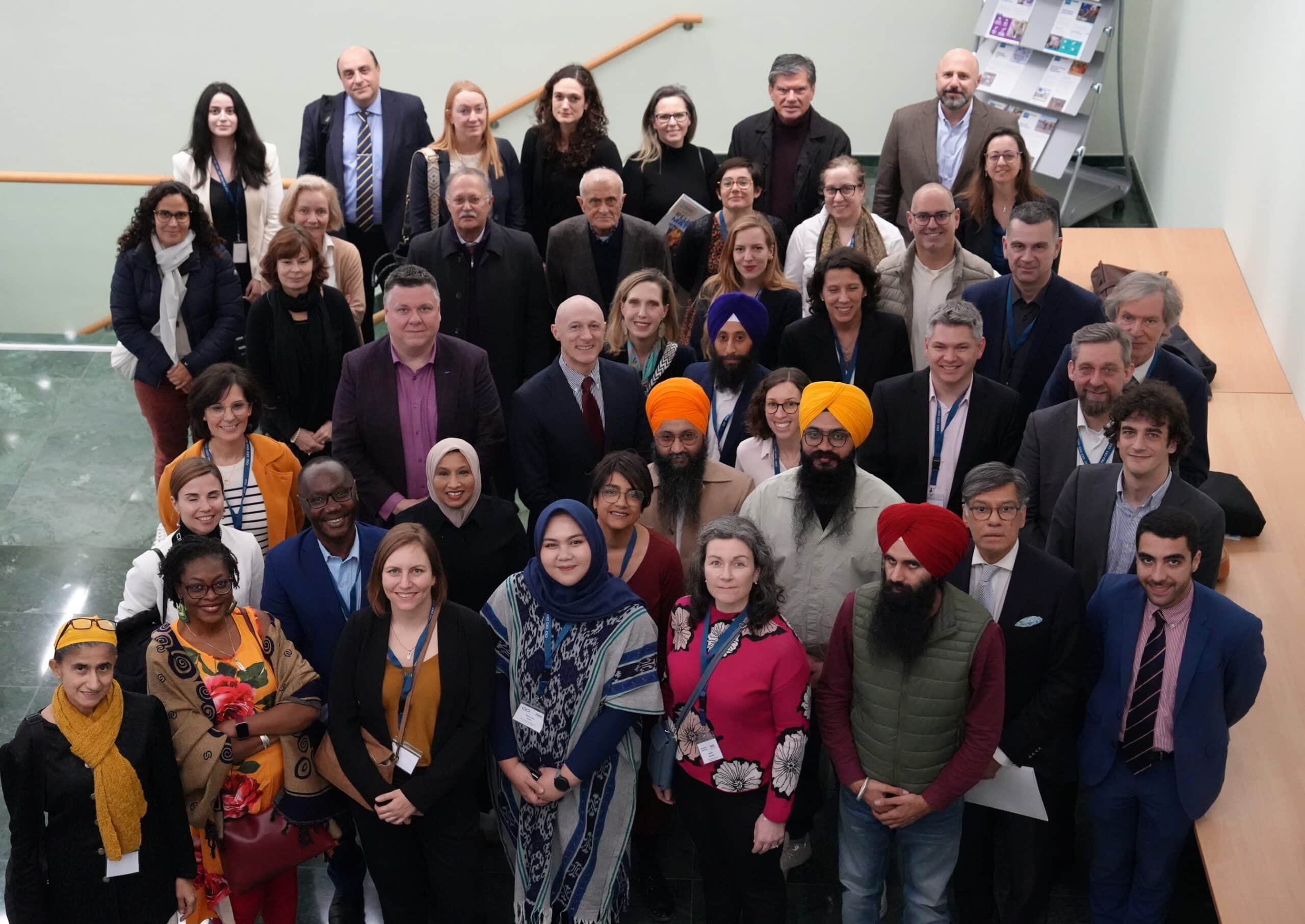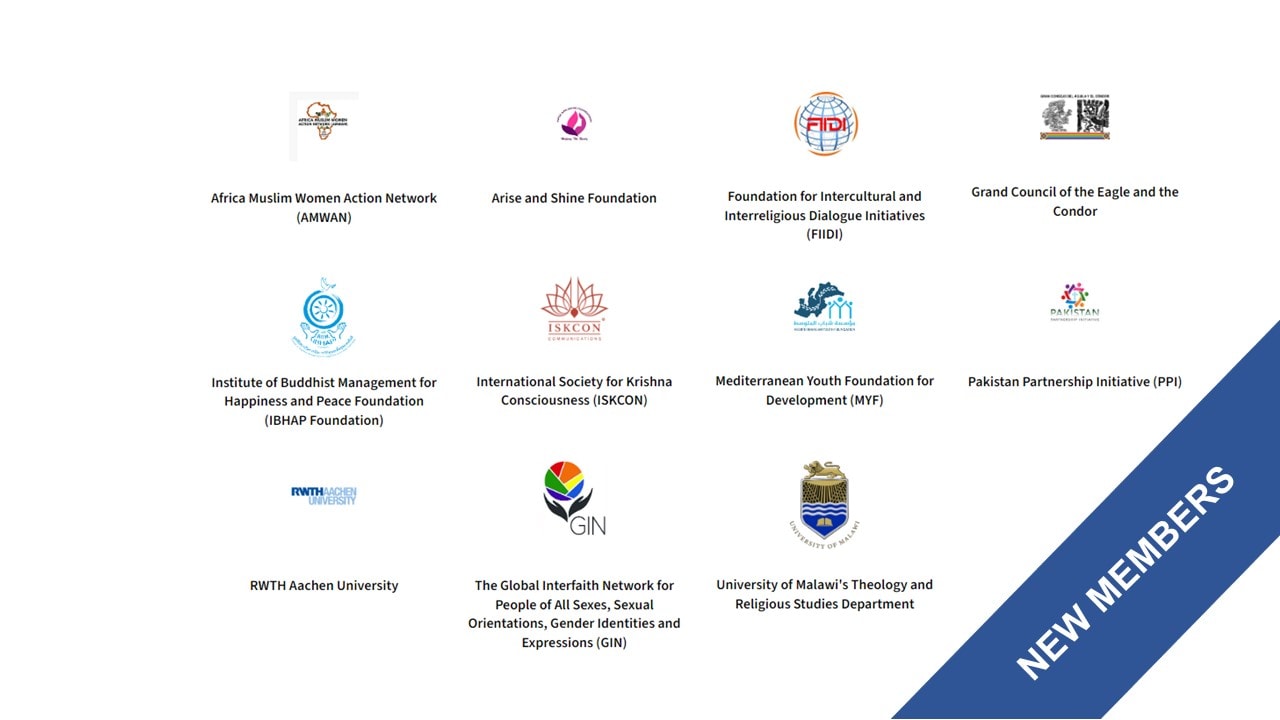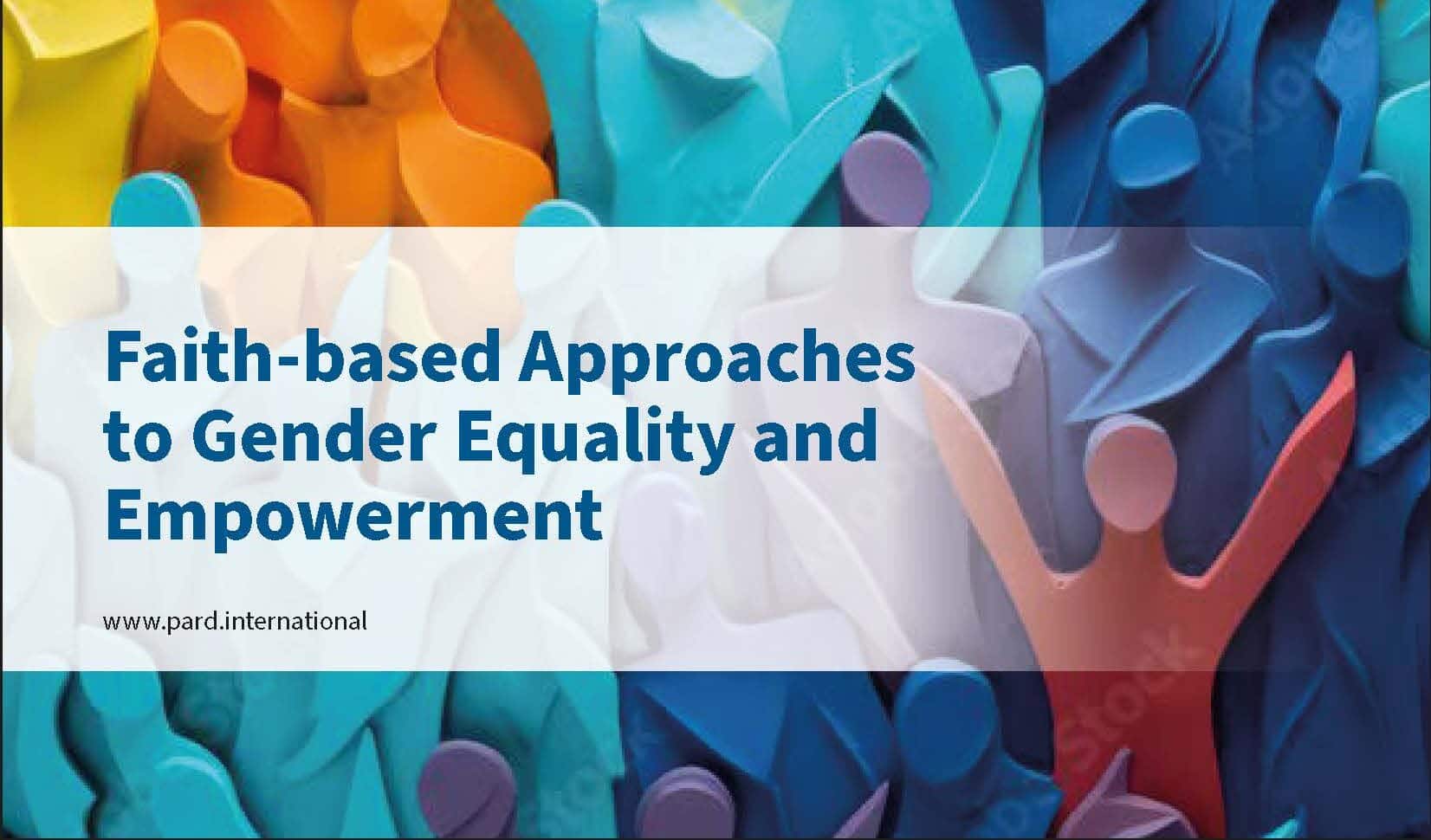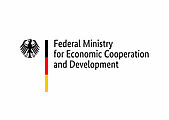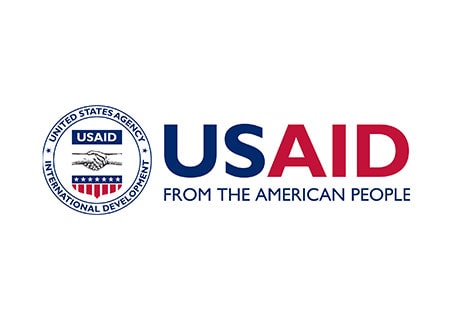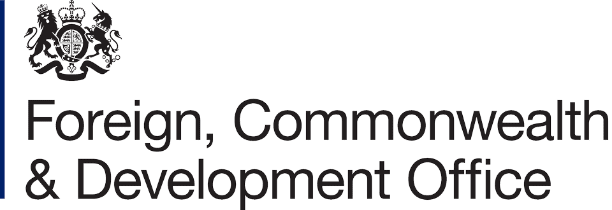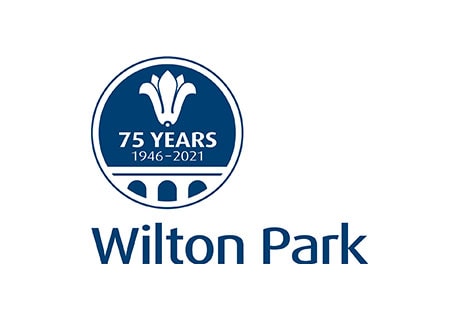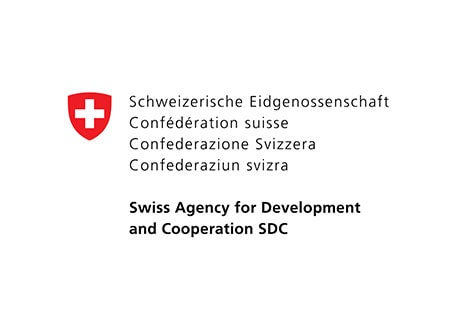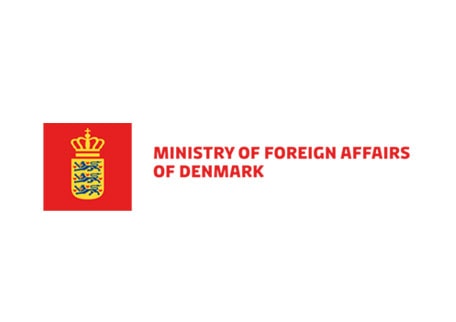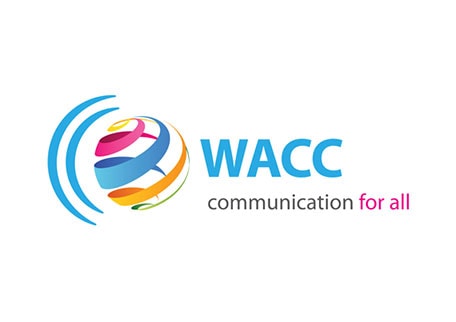Online hate speech against women is silencing women’s voices. DanChurchAid’s report “Online Harassment and Censorship of Women Human Rights Defenders”, launched during the Commission on the Status of Women (CSW67), discusses how to ensure a respectful and inclusive democratic debate online.

“Sometimes it is just somebody cursing you, and sometimes it is somebody saying, ‘You deserve to die’ or ‘We are coming to kill you.’” This is a quote from one of twelve Women Human Rights Defenders (WHRDs) who was interviewed by DanChurchAid for the report “Online Harassment and Censorship of Women Human Rights Defenders”. The new report was launched on 8 March during the 67th Commission on the Status of Women in 2023 (CSW67) with support by various organisations including the International Partnership on Religion and Sustainable Development (PaRD). It outlines the scope of online harassment directed at WHRDs. The report also uncovers areas for improvement in both regulation and tech platform operation and content moderation. It provides recommendations of actions to be taken by tech sector platforms, states and civil society, including religious actors, to combat online harassment and ensure a strong, inclusive democratic debate online.
Sometimes it is just somebody cursing you, and sometimes it is somebody saying, ‘You deserve to die’ or ‘We are coming to kill you.
Women Human Rights Defenders (WHRDs) interviewed by DanChurchAid
From Consequences to Possible Solutions
The report combines statistics with real experiences by WHRDs, allowing the reader to understand the scope and nature of the problem. The authors do not shy away from discussing the ambivalences that digital communication brings to the human rights debate, as digital tools are essential to the pursuit of human rights. However, these tools are also used as weapons by civil society and state actors to stigmatise, shame and defame WHRDs through gender stereotypes. Taking several aspects into account, the authors acknowledge that reducing the online hazards that WHRDs face is not easy. The problem is complex. It is based on systemic inequalities and oppressive tactics that predate modern digital platforms. Tech and social media platforms developed without regard for human rights protections amplify this problem. By bringing together WHRDs, state representatives and technology platforms to discuss how we can better protect women online, the authors were able to look at the issue from different angles and incorporate these perspectives into their recommendations.

